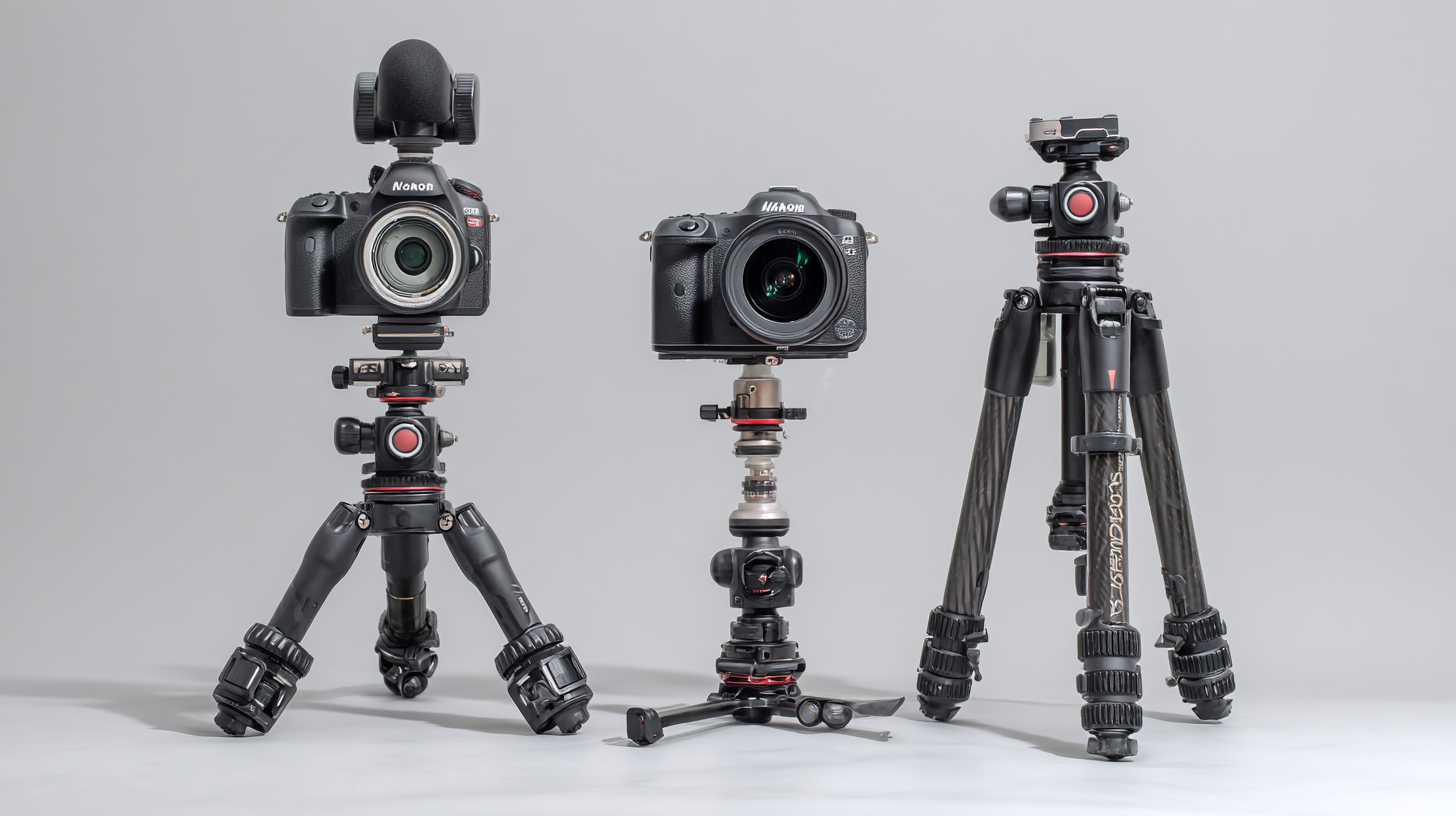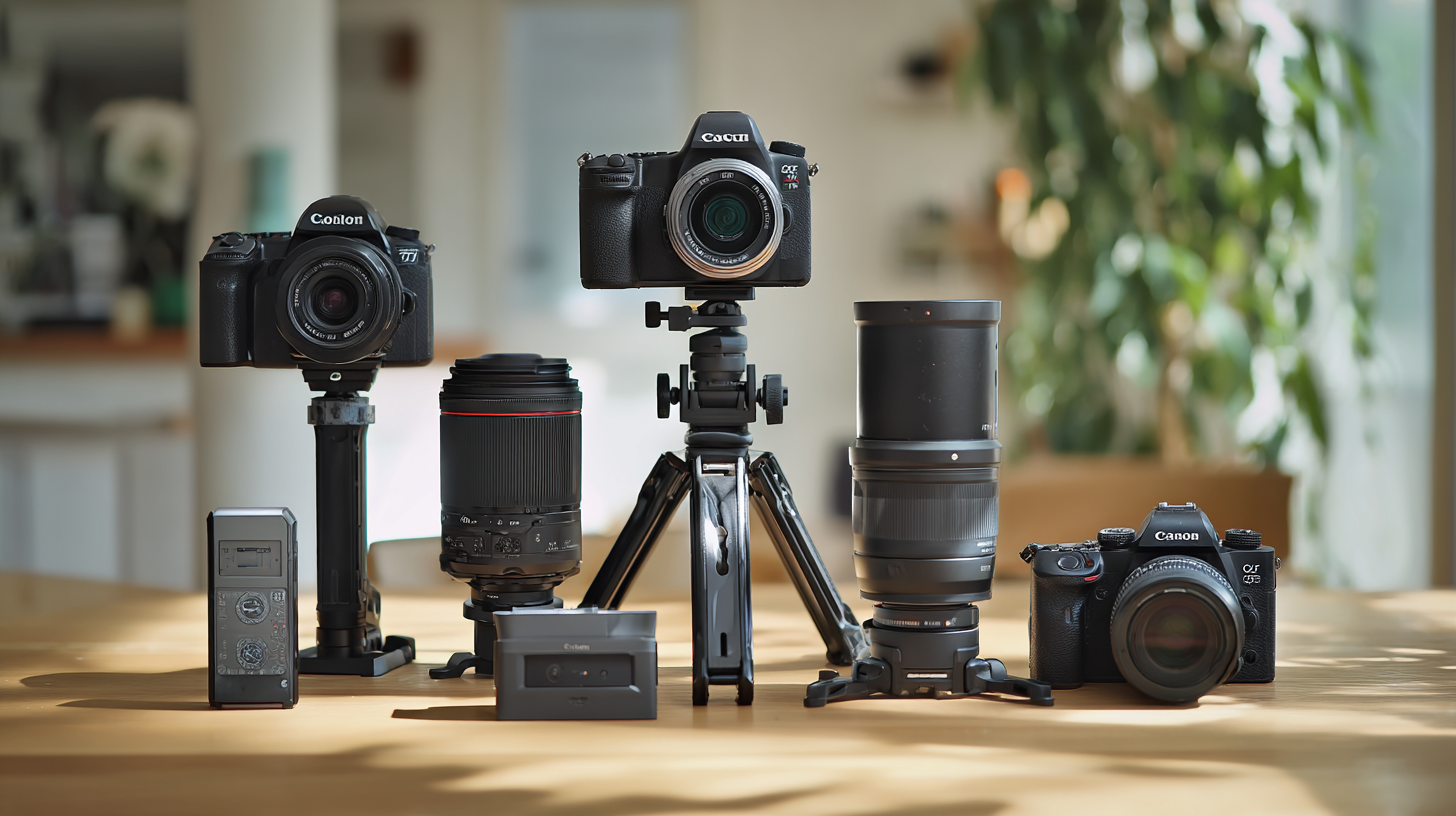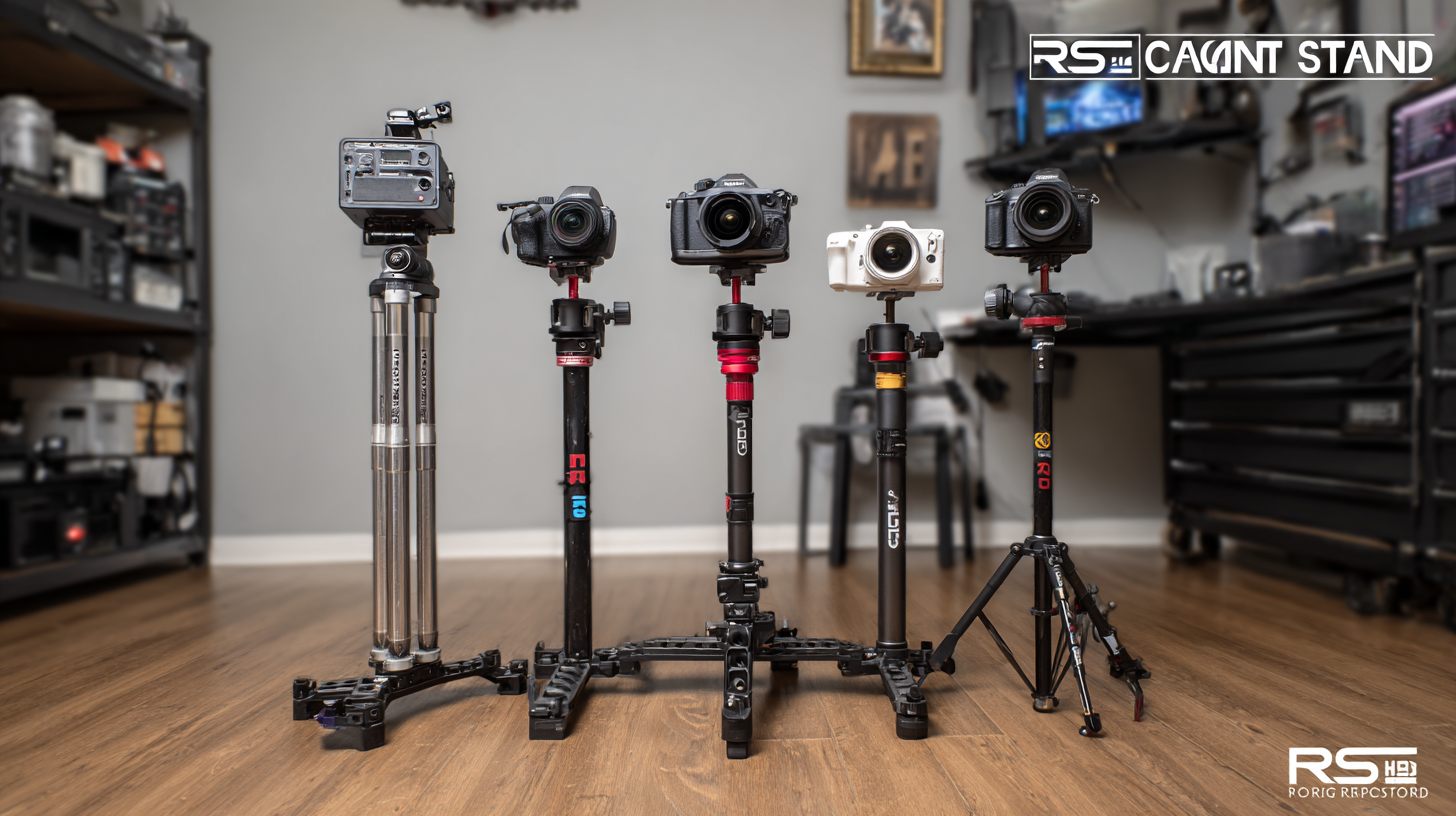In the realm of professional photography, the quest for the perfect shot often hinges on the tools used, and a Panoramic Camera Stand is no exception. With the rise of immersive photography, reports indicate that the market for panoramic photography equipment has seen a significant increase, projected to reach $1.2 billion by 2025. This surge highlights the growing need for high-quality panoramic photography solutions in various sectors, from real estate to tourism. As photographers seek to elevate their craft, choosing the right panoramic camera stand becomes crucial to achieving stunning, wide-angle images.

This guide aims to delve into the key considerations and features that will ensure your investment not only meets your professional needs but also enhances the overall quality of your photographic work.
A quality panoramic camera stand is essential for professional photographers seeking to capture expansive landscapes or detailed environments. It provides the necessary stability and precision to ensure that every shot is perfect, particularly when creating high-resolution panoramic images. Without a reliable stand, even the best camera can produce subpar results due to shake or misalignment. Hence, investing in a good panoramic camera stand can significantly impact the overall quality of your work.

When choosing the right panoramic camera stand, consider the following tips. First, prioritize stability; a heavier tripod can often offer better support, especially in challenging outdoor conditions. Second, pay attention to the height and adjustability of the stand to suit different shooting angles. Finally, ensure the compatibility with your camera system; a stand that seamlessly integrates with your gear can enhance your shooting experience.
Additionally, look for features that will simplify your workflow, such as quick-release plates and easy locking mechanisms. A stand that is lightweight and portable can make a significant difference if you frequently travel for shoots. By selecting a high-quality panoramic camera stand that meets these criteria, you can elevate your photography and capture breathtaking images with confidence.
When selecting a
panoramic camera stand
for professional photography use, there are several key features to consider to ensure optimal performance. First,
stability is paramount. Look for a stand that offers a
robust design, ideally made from materials like
aluminum or
carbon fiber that can withstand the weight of professional cameras and lenses without wobbling.
A solid base and adjustable legs can enhance stability, especially on uneven terrain.
Another vital factor is
adjustability. The best panoramic camera stands should allow for
height adjustments and easy angle changes to facilitate a variety of shooting perspectives. Look for models equipped with a
fluid head or
ball head, which provide smooth movement for capturing dynamic shots. Additionally, consider stands with built-in
leveling mechanisms or bubble levels to help achieve perfect horizontal alignment, crucial for panoramic photography.
These features combined will help you create stunning, seamless images with ease.

When selecting a panoramic camera stand for professional photography, one of the key considerations is the material type—most notably, aluminum versus carbon fiber. Aluminum stands are traditionally favored for their durability and cost-effectiveness. According to a report by the Camera and Imaging Products Association (CIPA), aluminum, being a robust and affordable material, accounts for roughly 70% of the camera stand market. These stands provide excellent stability for heavy gear, making them a reliable choice for photographers working under various conditions.
On the other hand, carbon fiber stands, though often more expensive, offer significant advantages in weight and vibration dampening. A survey published in the Journal of Photographic Science indicates that professional photographers prefer carbon fiber for its lightweight properties, allowing for easier transport and setup. The report highlights that carbon fiber stands can be more than 30% lighter than their aluminum counterparts without compromising strength. This is crucial for those who frequently shoot outdoors or travel, as reducing gear weight enhances mobility without sacrificing performance. As the industry evolves, understanding the merits of each material can empower photographers to make informed decisions tailored to their specific shooting needs.
When selecting the ideal panoramic camera stand for professional photography, evaluating load capacity is paramount. A robust stand must comfortably support both the weight of your camera gear and any additional accessories, such as lenses and filters. Most professional cameras and equipment come with specific weight guidelines, so ensure you calculate the total load your chosen stand will bear. This not only prevents potential equipment damage but also guarantees stability during shooting sessions, especially in challenging environments.
Additionally, consider the materials used in the stand’s construction. Aluminum and carbon fiber stands often offer a great balance between strength and weight, making them easy to transport while still rugged enough for demanding shoots. A stand's design should also facilitate easy adjustments; this is crucial for achieving the perfect angle and perspective in panoramic photography. By focusing on both load capacity and the materials used in the stand's design, photographers can make informed choices that enhance both their creative output and equipment safety.
When selecting a panoramic camera stand for professional photography, stability and height adjustment play critical roles in ensuring optimal image quality. A stable stand minimizes vibrations and movement, which is essential for capturing sharp images, especially in long exposure shots or when using heavy equipment. Look for stands made from durable materials, such as aluminum or carbon fiber, which can withstand the rigors of regular use while providing a solid base for your camera setup. The design should also include features like rubber feet or spikes that enhance grip on various surfaces, preventing any unwanted shifts during shooting.
Height adjustment is equally important, as it allows photographers to achieve the perfect angle and composition without straining. Stands with telescoping legs or adjustable center columns provide versatility, enabling users to adapt quickly to different shooting environments, whether in a studio or outdoors. A good panoramic camera stand should offer a smooth height adjustment mechanism, allowing you to elevate your camera smoothly to capture stunning vistas or detailed close-ups. By prioritizing these features, you can enhance your professional photography experience and produce high-quality panoramic shots that truly stand out.
